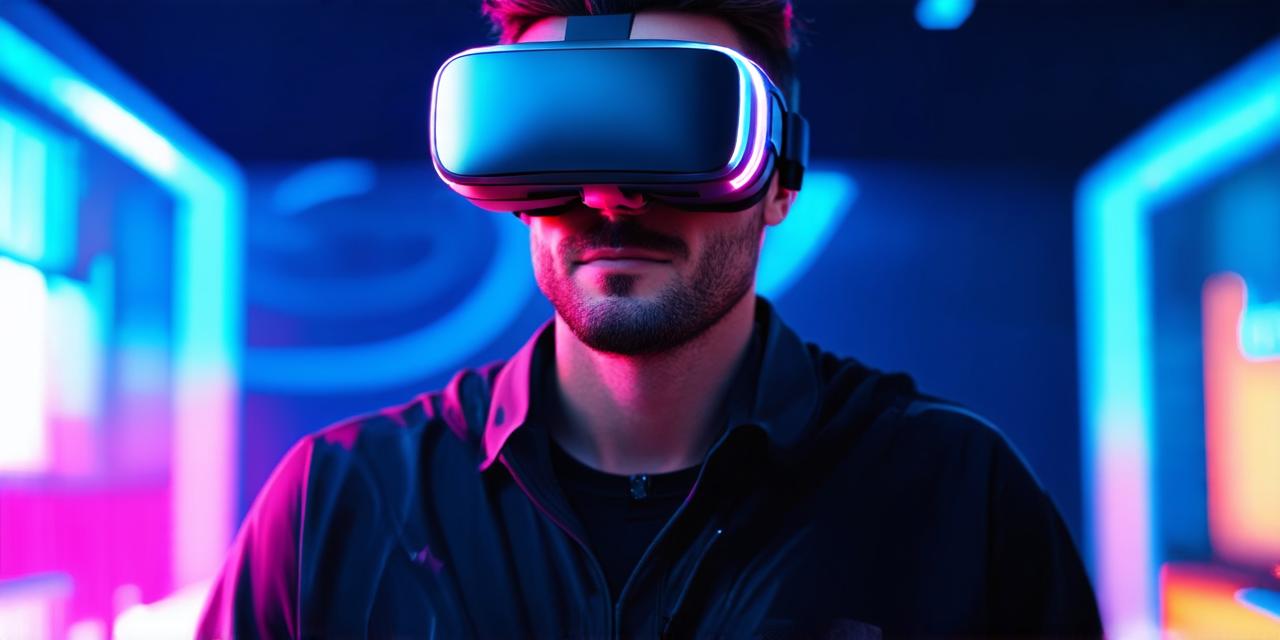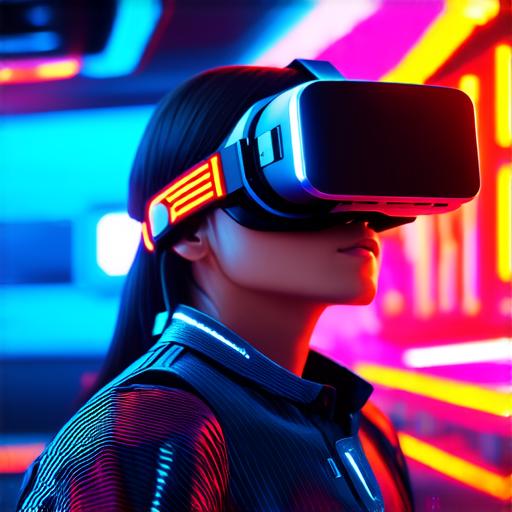
How to watch movies in virtual reality
Choosing Your VR Headset
Before diving into the world of virtual reality movie-watching, you need to choose a headset that’s right for you. There are several options on the market, each with its own strengths and weaknesses. Some of the most popular VR headsets include the Oculus Quest 2, HTC Vive Pro Eye, and PlayStation VR.
When choosing your headset, consider factors such as resolution, refresh rate, field of view, and comfort. If you’re planning to watch movies in a dark environment, make sure your headset has built-in lighting or supports third-party lights that can be added to your setup.
Creating Your VR Content
If you’re a developer interested in creating virtual reality movies, there are several tools and software options available to help you get started. Some popular options include Unity 3D, Unreal Engine, and A-Frame. These platforms offer a range of features and capabilities that make it easy to create immersive environments and experiences.
When designing your VR movie, consider the importance of storytelling in the virtual environment. You’ll need to think about how the narrative will unfold and how viewers can navigate through the scenes. Use spatial audio and haptic feedback to enhance the viewing experience and create a truly immersive atmosphere.
Enhancing Existing Content
Even if you don’t have the resources or expertise to create VR movies from scratch, there are still ways to enhance existing content for this medium. One option is to use a tool like Google Expeditions or Samsung Gear 360 to capture 360-degree videos of real-world locations and events. These videos can be viewed in virtual reality using a headset, providing an entirely new perspective on the content.
Another way to enhance existing content is by adding interactive elements such as pop-up text or voiceovers that provide additional information about the scene. This can help viewers better understand the context and make more informed decisions about how to navigate through the virtual environment.
Optimizing Your VR Experience

To ensure a smooth and enjoyable viewing experience, there are several optimization techniques you should consider. First and foremost, make sure your content is optimized for the VR headset’s resolution and refresh rate. This will help to reduce motion sickness and improve the overall quality of the experience.
You should also consider using compression algorithms to reduce the file size of your videos and other assets, as this can help to reduce loading times and improve performance on less powerful systems. Additionally, make sure to test your content on a range of devices and platforms to ensure that it works seamlessly across all platforms.
FAQs
1. Can I watch movies in virtual reality using my smartphone?
While it’s possible to view 360-degree videos on a smartphone, you will need a VR headset to truly experience movies in virtual reality.
2. What kind of content is best suited for VR movie-watching?
Any type of content can be adapted for VR viewing, but it’s important to consider the potential impact on the viewer’s sense of presence and immersion. Documentaries, nature films, and sci-fi movies are all popular choices for VR movie-watching.
3. How do I choose the right VR headset for my needs?
When choosing a VR headset, consider factors such as resolution, refresh rate, field of view, and comfort. If you’re planning to watch movies in a dark environment, make sure your headset has built-in lighting or supports third-party lights that can be added to your setup.


